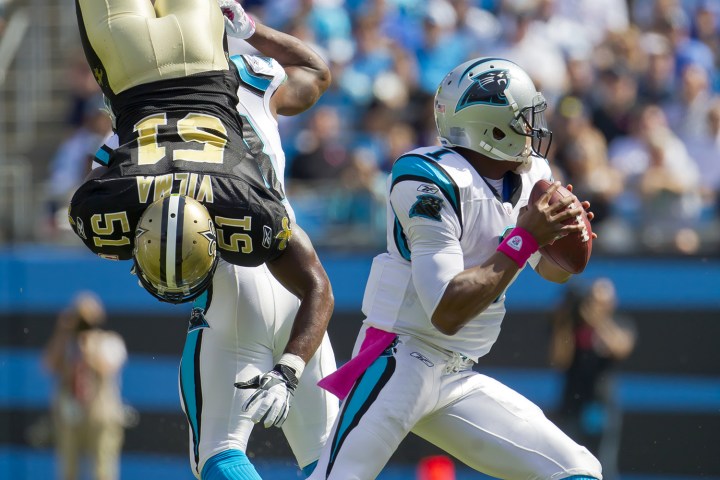
The deal will supply current and incoming NFL players with the Whoop 2.0 wearable wristband, which measures biometric data 100 times every second, automatically sending the information to Whoop’s mobile and web application. By measuring biometrics like heart rate and temperature, the wearable will help track strain, recovery, and sleep patterns. Once the data is analyzed, the company makes recommendations on how to increase performance and decrease injuries through training and recovery.
“Our mission at Whoop is to empower athletes,” Will Ahmed, founder and CEO at Whoop, said in a statement. “This partnership with the NFLPA is truly the first of its kind in that athletes will finally become both healthier and wealthier by collecting, controlling, and ultimately having the ability to sell their own health and performance data.”
Players will own their data and have the choice to sell it or keep it private, according to the NFLPA. The association said multiple layers of privacy have been put in place to ensure the data is secure.
“Every day, NFL players produce data that can translate into physiological and financial opportunities. We see partnering with Whoop as the first step in harnessing this exciting technology,” said Ahmad Nassar, President of NFL Players Inc. “We are excited to have Whoop and its innovative, holistic monitoring technology serve as our first OneTeam Collective deal. Together, we’re paving the way towards a new frontier where athletes are empowered by data.”
In December, Whoop partnered with Major League Baseball to conduct the largest performance study ever in a United States professional sports league. Among the findings were that pitchers have the best cardiovascular fitness and need to most rest between performances.


